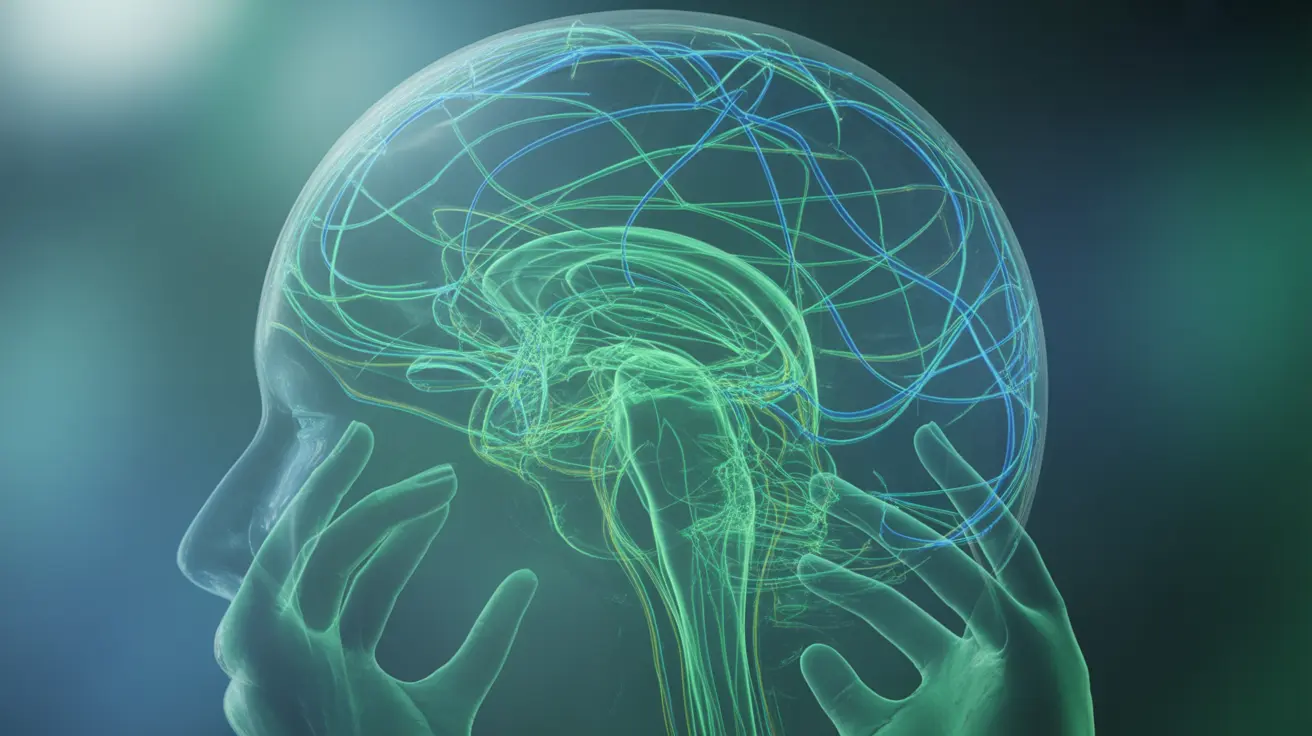The relationship between language, thought, and cognitive processing in deaf individuals is a fascinating area of neuroscience and psychology. Many people wonder about the inner mental experiences of those who are deaf, particularly how they process thoughts and information without auditory language input. Understanding this unique aspect of human cognition helps bridge communication gaps and provides valuable insights into the diversity of human thought processes.
This comprehensive exploration delves into how deaf individuals think, process information, and develop language skills, with particular attention to the role of sign language in cognitive development and mental processing.
The Nature of Inner Language in Deaf Individuals
The way deaf people think and process language internally varies significantly based on their hearing history, language exposure, and individual experiences. Those born deaf typically develop a rich internal language system based on their primary mode of communication, which is often sign language.
Research shows that deaf individuals who use sign language as their primary form of communication often think in visual-spatial patterns that mirror the movements and expressions of sign language. This process is just as natural and efficient as hearing people thinking in spoken words.
Early Language Acquisition and Cognitive Development
Early exposure to language, whether signed or spoken, is crucial for cognitive development in deaf children. Studies have shown that deaf children who learn sign language from an early age develop similar cognitive milestones to hearing children, including:
- Abstract thinking abilities
- Problem-solving skills
- Memory formation and recall
- Social cognition and emotional intelligence
Visual Processing and Mental Imagery
Deaf individuals often develop enhanced visual processing abilities compared to hearing individuals. This adaptation influences their thought processes in several ways:
- Stronger peripheral vision and motion detection
- Enhanced facial recognition abilities
- Superior spatial memory
- Increased attention to visual details
The Role of Sign Language in Brain Processing
Sign language activates similar areas of the brain as spoken language does in hearing individuals. The brain's language centers, including Broca's and Wernicke's areas, respond to sign language in ways that parallel their response to spoken language, demonstrating that the brain processes linguistic information regardless of its modality.
Neural Adaptations
The brains of deaf individuals show remarkable plasticity, with areas typically associated with auditory processing being repurposed for visual and spatial processing. This adaptation enhances their ability to process visual language and environmental information more effectively.
Post-Lingual Deafness and Language Processing
Individuals who lose their hearing after developing spoken language often maintain their ability to think in spoken words. Their thought processes may combine elements of their previous auditory experiences with newly acquired visual and spatial processing skills.
Frequently Asked Questions
What language do deaf people think in if they were born deaf and use sign language? Deaf individuals born into signing environments typically think in sign language, processing thoughts through visual-spatial patterns and sign language movements.
Can deaf people think in spoken language if they lost their hearing later in life? Yes, people who become deaf after developing spoken language often continue to think in the spoken language they learned before losing their hearing.
How does sign language affect the way deaf people process thoughts in the brain? Sign language activates similar language centers in the brain as spoken language does, creating neural pathways that support visual-spatial thinking and processing.
Do deaf people think in images, words, or a combination of both? Most deaf individuals think in a combination of visual imagery, sign language patterns, and conceptual understanding, depending on their language background and experiences.
How does learning sign language early influence cognitive development in deaf children? Early sign language acquisition supports normal cognitive development, including abstract thinking, problem-solving abilities, and social-emotional skills, similar to how spoken language supports development in hearing children.




